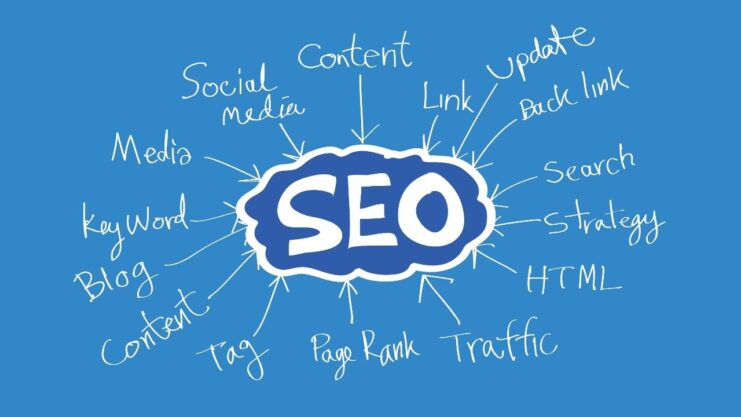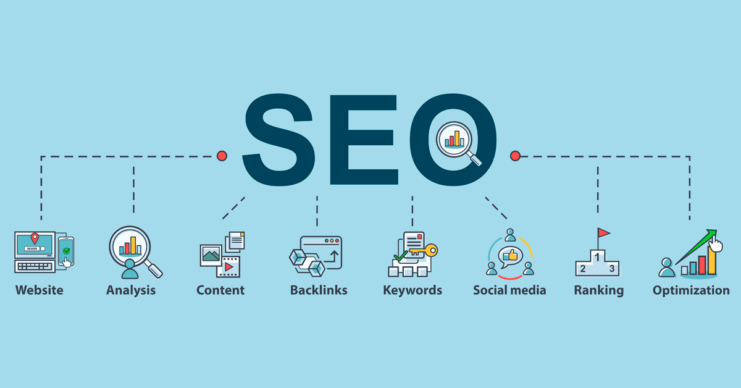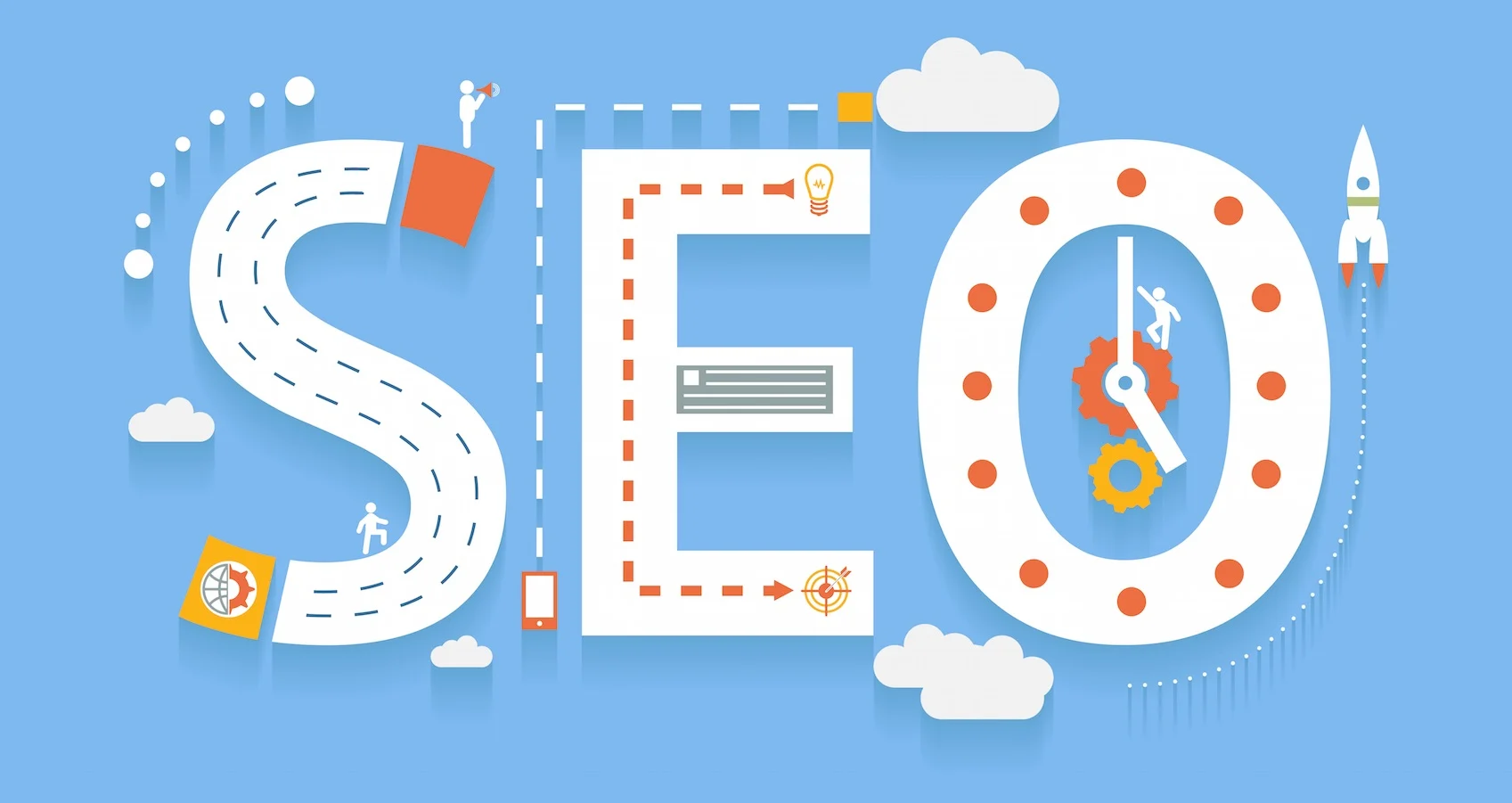Some challenges will come your way when you upload images on your web pages. One of them is slow site speed. If this issue goes unsolved, there are high chances that you will end up increasing your bounce rate and losing your traffic significantly. In addition, having images on your pages that affect the site speed eventually impacts the UX offered by your website and results in a counter-effect instead of adding to the user experience. This is a serious problem, and it must be resolved as soon as possible.
In this article, we will put up some details regarding the role of images in SEO and how they become the primary reason for slow site speed. Additionally, we will discuss some tips to help you overcome the problem of slow site speed and use images to enhance the SEO of your website and web pages.
Further details are given below:
What is the Role of Images in SEO?

They have become an important part of the web and play a significant role in enhancing the UX of any website. However, people won’t like a webpage with gigantic text blocks and a single or no image. Hence, it is necessary to make relevant images a part of any web page’s layout. With that being said, it is worth mentioning that they provide you with a considerable SEO opportunity.
You just need to ensure that you have fully optimised them to enhance the visibility of your web page on search results. If you fail to optimise them before uploading them on your web pages, the results can be pretty adverse for your website. Images, these days, come in larger sizes, and image-heavy websites often become the victim of slow site speed.
The browser takes a considerable time to fetch images from the servers and bring them to display. Moreover, the slow speed of image-heavy websites also affects the user experience. Search engines take serious account of the UX offered by any website while ranking it on search results. Hence, the SEO of any website can get compromised because of them.
Methods to Optimise Images for Web
They displayed on SERPs can bring organic traffic to a website. However, this is only possible when they are fully optimised for web usage. We have included some methods to optimise them for SEO and optimum site speed.
Read on to know more:
Image Compression is Necessary

As mentioned earlier, they come in larger file sizes that significantly impact site speed. Hence, image compression is necessary to reduce their file sizes and make them suitable for web usage. However, you need to ensure that the compression process doesn’t affect the quality of them a lot. If the quality of images is not good, you will fail to provide the optimum UX to your visitors. Hence, you must choose a reliable tool that can compress image sizes without disturbing their quality too much. Click here to use an image compressor that will provide you with a batch compression feature if you want to reduce the size of multiple image files in one go.
Don’t Overlook ALT Tags and File Names
The process of optimization doesn’t end with a reduction in file sizes. It is much more than that; web crawlers need a significant reason to rank your images on SERPs (Search Engine Result Pages). You can provide crawlers with a reason by customising ALT tags, file names, and URLs of images. Descriptive and keyword-rich file names of images uploaded on your web pages can help crawlers understand the subject of your images. Doing this will help you build a good URL structure for your image that will be easily understandable by search engines and users. The same is the case with ALT tags. Moreover, these ALT tags can add to your overall on-page strategy as well.
Define the File Structures of Images Carefully

You will be surprised to know that image file paths and file names play a significant part in deciding their rankings on SERPs. Therefore, you need to be careful while defining the file path of an image as well. Don’t place its files in a generic folder; instead, go for subfolders representing their category. This trick is particularly important for an ecommerce website with numerous images of products. You can place them in subfolders like ‘milk-chocolate’ or ‘dark-chocolate’ and then write their file path. It will improve their ranking. Similarly, it is better to define the dimensions according to desktop and mobile versions of your website. The browser will become aware of the dimensions beforehand, and your webpage will not be affected when it gets loaded on display. If your images need to be cropped or have a size limit, you can adjust them using an image resizer online.
Summarizing the Discussion
Like all other types of information displayed on a webpage, images are important in SEO. However, ranking those images and your website can be pretty tricky if you don’t take care of a few things while uploading them on your web pages. Therefore, we have discussed some useful details about the role of images in SEO and effective tips to optimise images. Hopefully, you will like this article and keep these details in mind while uploading them.

